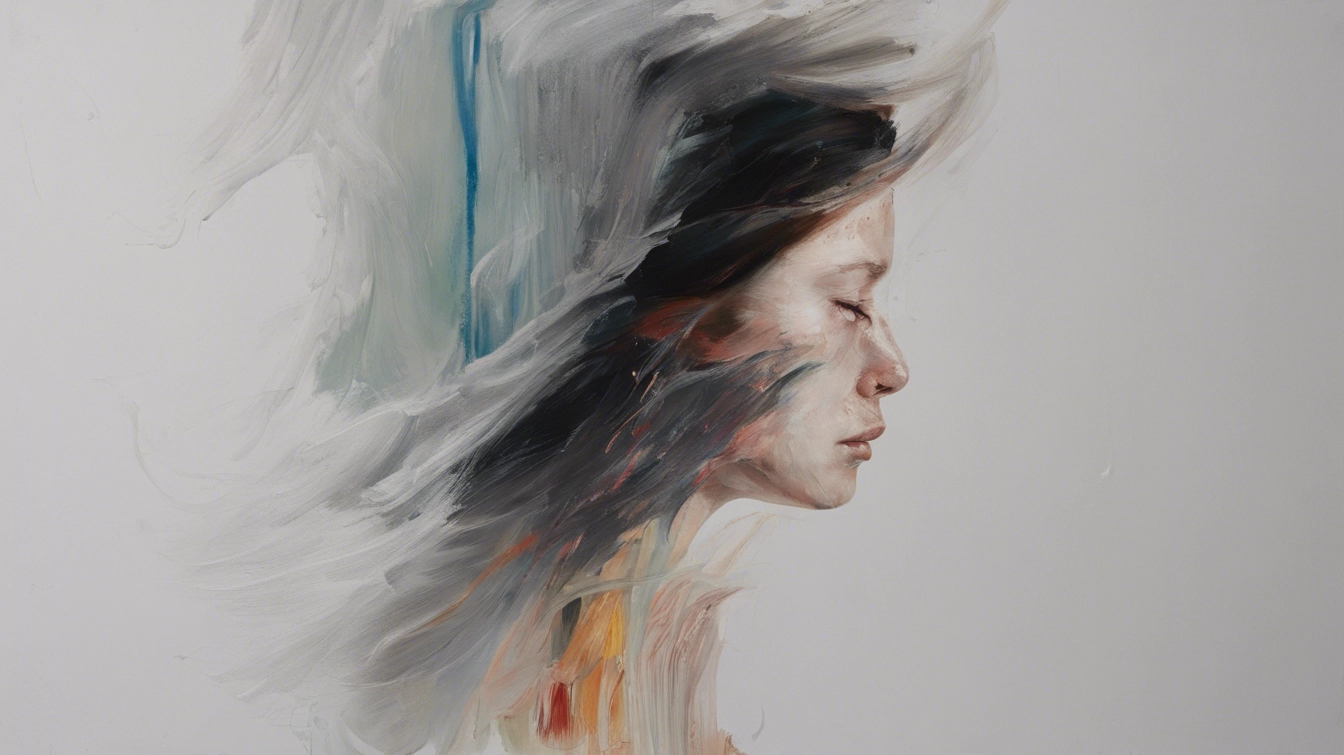Introduction to Different Brushstroke Techniques

As an artist, the way you use your brush can make a huge impact on your finished artwork. Whether you’re just starting out or looking for new ways to experiment with your style, exploring different brushstroke techniques can be incredibly useful.
In this beginner’s guide, we’ll take a look at some of the most popular and effective brushstrokes that artists use to create texture and interest in their paintings.
1. Flat Brushstroke
The flat brushstroke is one of the most basic techniques that every beginner should learn. It involves using the flat side of the brush to lay down a smooth, even layer of paint. The flat stroke can be used for larger areas of color and is perfect for creating the background of a painting.
To create a flat brushstroke, start by loading your brush with enough paint, then place the brush on the surface and move it in a straight line. The key is to not twist or turn the brush as you move it, keeping it parallel to the surface for an even stroke.

2. Round
The round brushstroke is another fundamental technique that is often used for both small and large areas. Unlike the flat brush, which creates a smooth finish, the round brush produces a textured effect due to its bristles’ shape.
To make a round brushstroke, dip your brush in paint and pull it up sharply, producing a pointed tip. You can use the tip of the bristles to create small dots and strokes, or turn the brush to produce broader marks.

3. Fan Brushstroke
The fan brushstroke creates a unique texture that resembles layers or waves. It’s often used to create foliage, grass, and even human hair in portraits.
To make a fan brushstroke, load the fan brush with paint and lightly touch the surface. Use a sweeping motion, moving the brush back and forth to create the illusion of leaves or grass blades.

4. Scumbling
Scumbling is a technique that involves pressing the brush on a surface lightly, producing a broken texture that looks almost like scratches. It’s often used to create a weathered or aged effect on paintings.
To create this brushstroke, load the brush with paint and dab it onto the canvas or paper. Then, drag the brush in a circular motion, producing small scratches or marks on the surface.

5. Dry Brushstroke
The dry brush technique is great for creating a rough, more textured surface. For example, it’s often used in landscapes to simulate grass, trees and rocks.
To make a dry brush stroke, dip your brush in paint but don’t overload it. Then lightly drag the brush across the painting surface. This will produce small scratches, which resemble the textures found in nature like tree bark, hair or feathers.

6. Stippling
The stippling technique involves using small dots of paint, which help create texture and dimensionality to a painting. For example, it can be used to give an impression of clouds, water droplets, colored surfaces with various shades.
To create stippling, load your brush with paint and tap it on the surface repeatedly in quick succession. Keep adjusting the pressure and direction depending on if you want bigger or smaller dots.

Conclusion
In conclusion, exploring different brushstroke techniques is never-ending and can take time to master each one individually. However, taking time to practice different techniques can lead to an expanded creative range and help you grow as an artist. The next time you paint, consider experimenting with one or more of these brushstrokes to see what kind of textures and effects you can achieve.
That concludes our beginner’s guide to exploring different brushstroke techniques. Happy painting!

